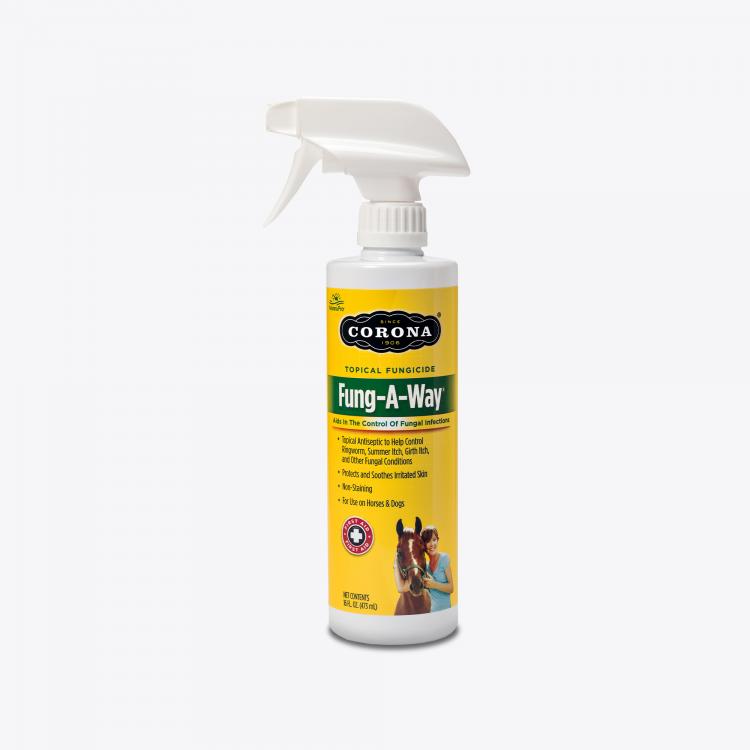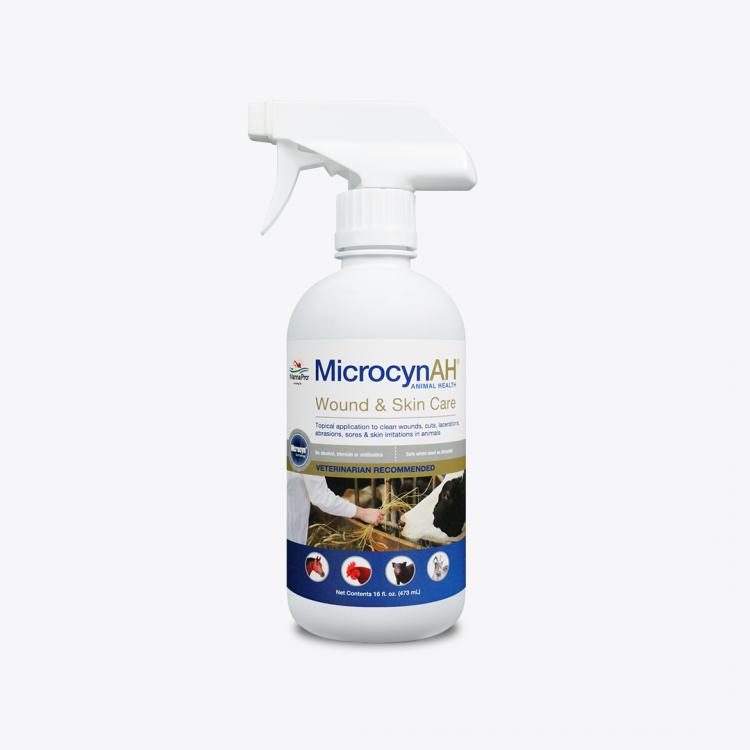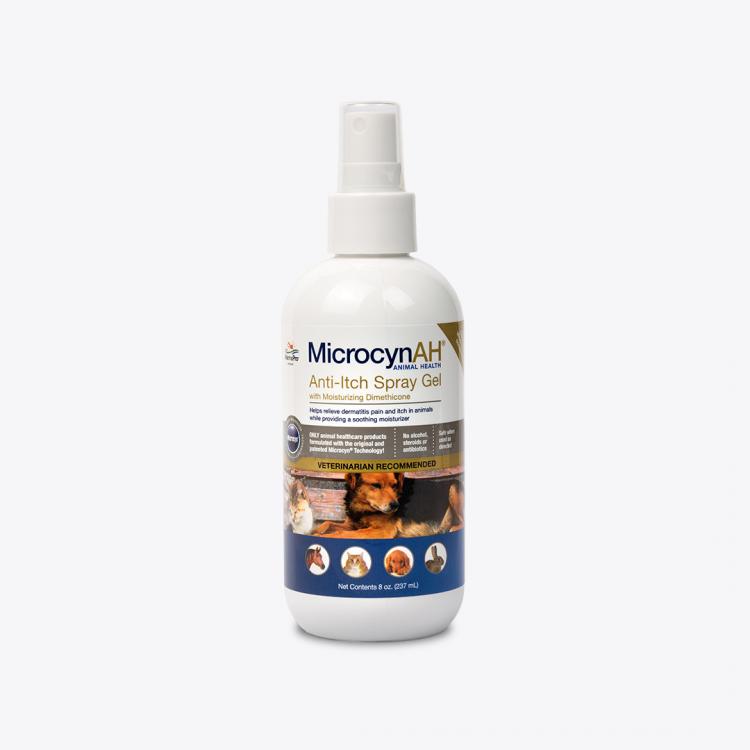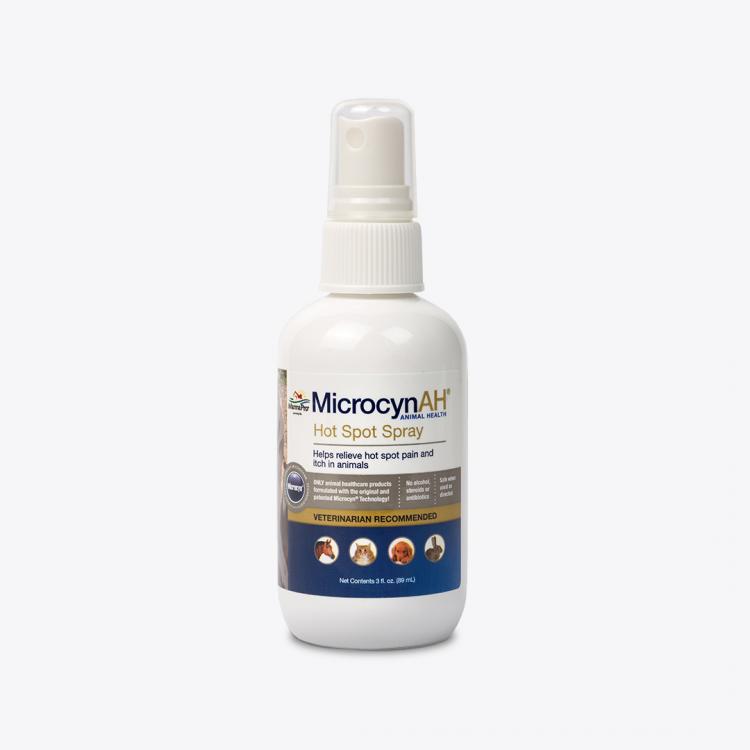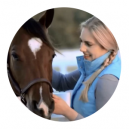Posted by Gabby Gufler, Fri, Jan 24, 2014
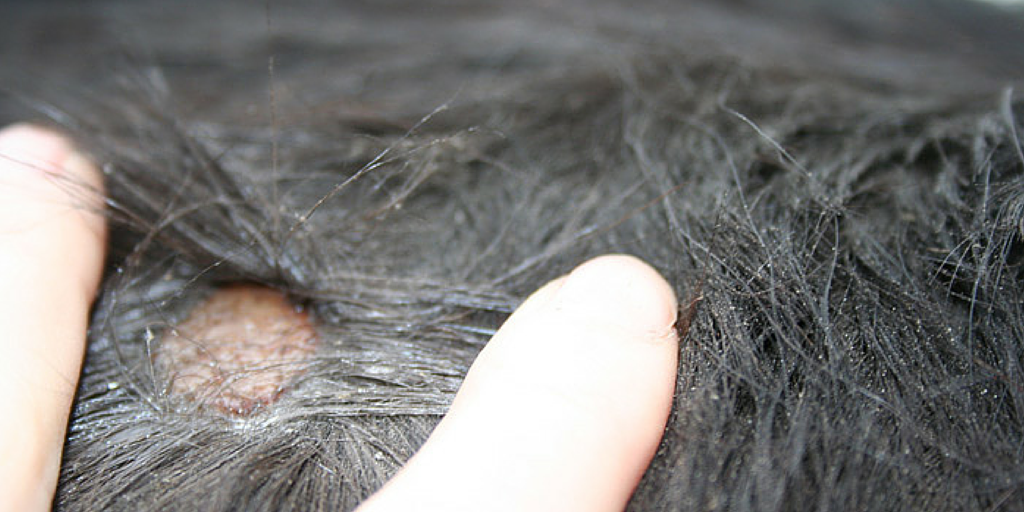
Horse skin conditions can be frustrating and difficult to diagnosis at times. Learn how to quickly identify and prevent some of the most common winter skin conditions in horses with this handy list.
Ringworm
What is Ringworm? Fungal dermatitis, aka ringworm, in horses is caused by a highly contagious fungal infection named for the shape of the skin lesions it causes. Not only can this fungus be easily transferred from horse to horse, but some forms can even be transmitted to you!
How to Identify Ringworm:
Generally, the skin lesions start as small raised spots from which the hair is lost. These lesions may become itchy, scruffy or covered with a thick, crusty scab.
Treatment and Prevention:
Ringworm is highly contagious, and if left untreated can be spread to items such as grooming products and blankets, which can easily cause an outbreak. Treat your horse with a topical fungicide such as Corona® Fung-A-Way®. If conditions worsen or do not improve, contact your veterinarian immediately.
To help prevent the spread of ringworm, occasionally disinfect all horse clothing and grooming equipment. If possible, designate a separate set of grooming, tack and clothing for each individual horse.
Sweet/Girth Itch
What is Sweet Itch? Sweet itch in horses is caused by an allergy to the bites of tiny Culicoides gnats (also called “no-see-’ems”). When the small, itchy bites form on the skin, irritation occurs, causing the horse to rub and scratch the affected sites. Scabbing and ulceration can result from the rubbing.
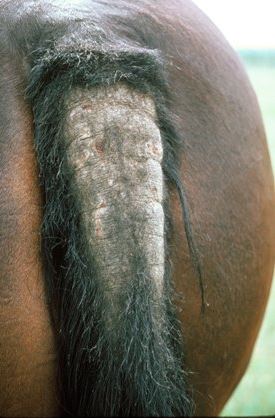
How to Identify Sweet Itch:
Often, sweet itch is related to rubbing and scratching. Your horse may develop hair loss, broken manes, and/or crusty or bumpy skin.
Treatment and Prevention:
Apply a skin protectant/conditioner to your horse’s affected areas. If conditions worsen or do not improve, contact your veterinarian immediately. Help prevent sweet itch in your horse by keeping the gnats at bay! Consider dressing your horse in a fly sheet designed to extend at least halfway down your horse’s tail, adding cider vinegar or garlic to your horse’s feed, or keeping fly spray on hand.
Rain Rot
What is Rain Rot (Scald)? Rain rot in horses is a skin disease caused by a bacterium that thrives in moist conditions and enters through damaged skin (such as cuts or bug bites).
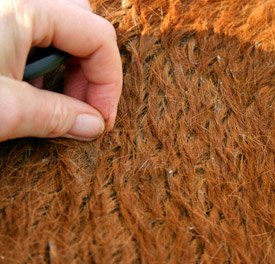
How to Identify Rain Rot
Rain rot typically appears over a horse’s neck, back and croup, but may also spread to the legs. The affected skin will feature crusty raised tufts of matted hair. These tufts of hair will usually shed, leaving behind hairless patches.
Treatment and Prevention
To treat rain rot, wash the affected areas with a mild antiseptic and expose them to the air. If conditions worsen or do not improve, contact your veterinarian immediately. Prevent rain rot in your horse by keeping them clean and dry. During wet weather, be sure your horse has shelter or is wearing a breathable waterproof sheet or blanket. Looking for a topical horse skin care product? Try Corona Fung-A-Way! This outstanding topical fungicide aids in the control of several fungal infections.
